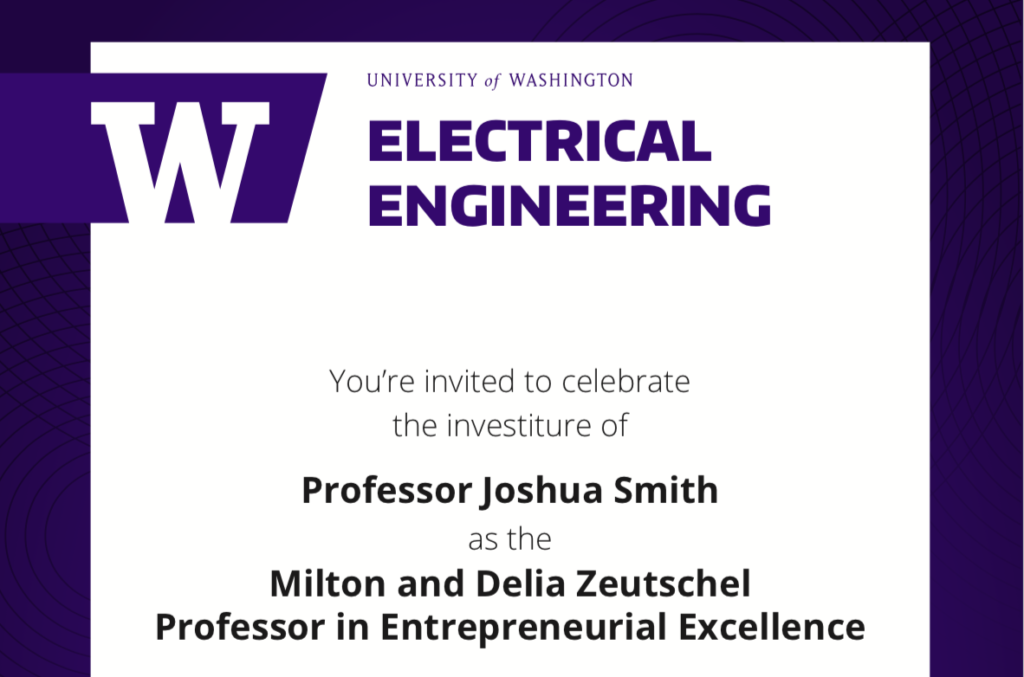New Podcast featuring Ben Waters, WiBotic CEO
Check out the latest Power Systems Design podcast featuring WiBotic CEO, Ben Waters, as he describes features and benefits of the new PowerPad Pro. The conversation is led by Jason Lomberg, Editor, North America at PSD and covers the impetus behind the PowerPad Pro and how it’s helping fully automate UAV inspection and delivery operations.
https://www.powersystemsdesign.com/articles/psdcast-recharging-drones-that-are-permanently-deployed/39/20117



 Held on the University of Washington Campus in the Paul G. Allen Computer Science & Engineering building, April’s New Tech Seattle Event featured the most innovative tech companies in the region! Our own VP of Business Development presented the problem of delivering power to robotics that we’re all trying to solve at WiBotic.
Held on the University of Washington Campus in the Paul G. Allen Computer Science & Engineering building, April’s New Tech Seattle Event featured the most innovative tech companies in the region! Our own VP of Business Development presented the problem of delivering power to robotics that we’re all trying to solve at WiBotic.